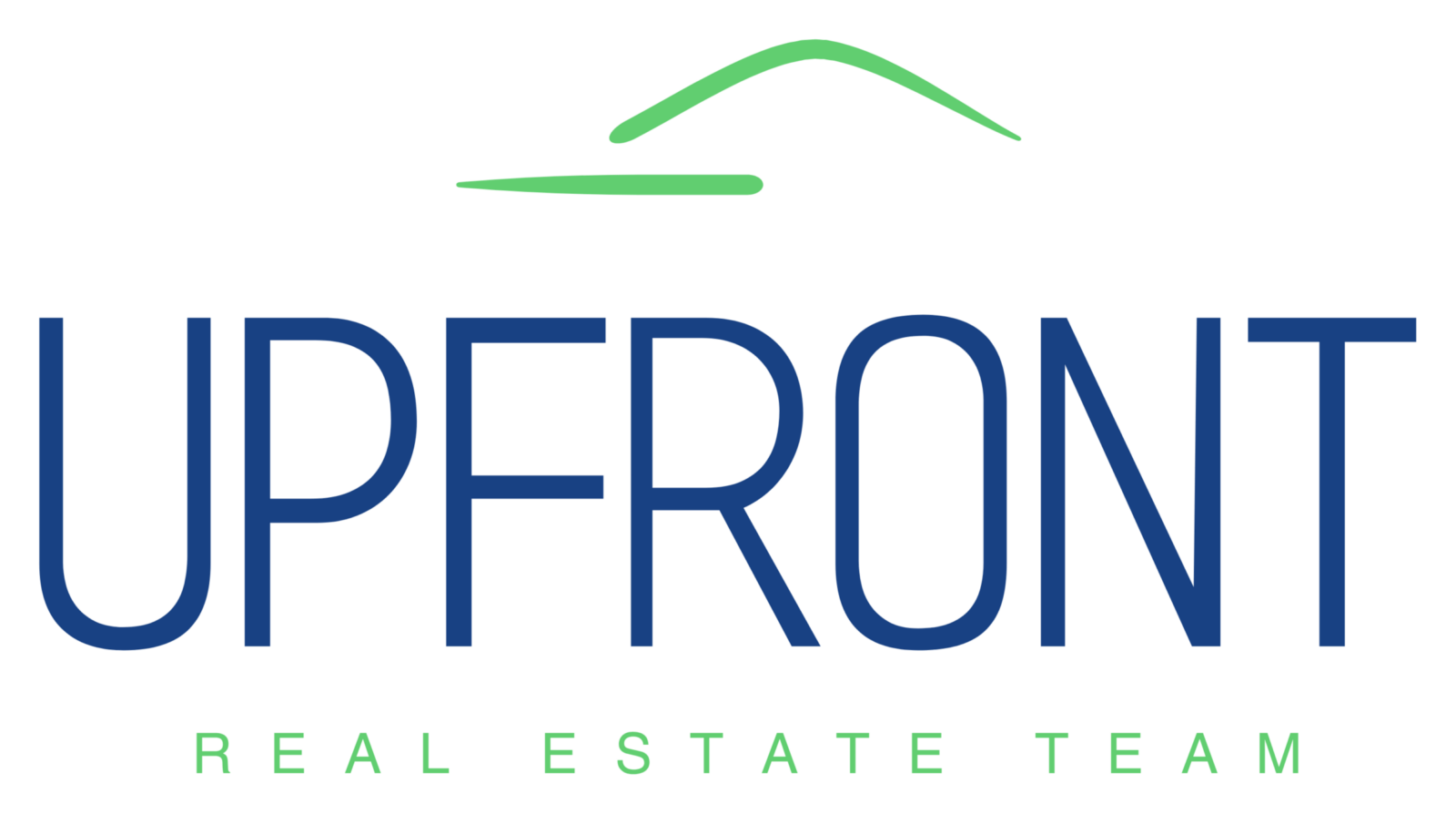HOW MUCH DO I NEED TO BUY A HOME
YOU NEED CASH FOR A DOWN-PAYMENT...AND THEN SOME MORE!
One of the biggest shocks that home buyers experience is finding out that they need to come to Closing with a lot more money than just a down payment. It’s important to include additional cash requirements in your home buying plans. This will enable you to be more realistic when saving the money that you will need to buy a home. You could need more than 1.5 times your down payment in cash to successfully close on a house. Let’s look at how much cash it takes to actually complete the purchase of a home.
The Actual Down Payment
This is the only cash outlay in the home buying process that’s obvious to most buyers. It is usually expressed as a percentage of the purchase price of the property.
For example, if the purchase price is $200,000, and you are required to make a 20% down payment, you will need to have $20,000. That’s the easy part!
How much do you need for a down payment on a house? It varies.
With most lenders, if you want to avoid paying additional private mortgage insurance (PMI), you’re looking at a 20% down payment. But coming up with 20% may be difficult for many first-time buyers, so mortgage lenders have options with down payments of 10%, 5% or — if you qualify for a FHA or VA mortgage loan — as little as 3.5 percent.
This is another good reason to shop around for the mortgage lender that will give you the best loan for your needs.
closing costs
This is where things start to get a little complicated because the cash outlay to make the purchase grows to some number above the down payment alone. Closing costs may run up to 2 – 3 percent of your loan amount. On a $200,000 mortgage, this will mean that you’ll need to come up with somewhere between $4,000 and $6,000…in addition to your down payment.
Closing costs vary from one state to another, often because of differences in either the real estate transfer tax, or mortgage “stamps” (government taxes collected based on a percentage of your mortgage loan amount). They can also vary based on different rates charged for appraisals, attorneys, and even title insurance.
Closing costs can also vary from one lender to another, and even from one loan to another. For example, each lender charges a different application fee. In addition, lenders often charge “points” — so named because they represent a percentage point of the loan amount.
An origination fee is one kind of “point” and it represents compensation to the lender for placing the loan. Discount points are another type, and they represent points paid to lower the mortgage interest rate on a permanent basis.
Prepaid Expenses
These are probably the most confusing charges for home buyers, but they are completely necessary.
With most mortgages, the lender will escrow for real estate taxes and homeowners insurance, which means that those charges will be included in your monthly payment, and paid by the lender when due.
In order for that to happen, the lender needs to collect certain amounts upfront, to ensure that the funds are available to make the payments when they are due. The escrows are set up to pay the charges on the next due date, while a portion of your monthly payment replenishes the escrow account for the due date after that.
Depending upon where you live, and the frequency of real estate tax collections, the lender may have to escrow anywhere between two and 12 months of real estate taxes. If the taxes on the house are $250 per month, and a six-month escrow is required, that will translate to a prepaid expense of $1,500 at closing.
The same applies to insurance. For homeowners’ insurance policies, you’re typically required to prepay a one-year homeowner’s insurance policy on the house, plus an extra two months of premium charges to the lender’s escrow account. The lender may also escrow one or two months of premiums for private mortgage insurance as well if that is required on your loan.
Depending upon where you live, prepaid expenses may come to as much as 2 percent of the loan amount (sometimes even more).
Utility Adjustments
Utility adjustments can include a large number of charges, though collectively they seldom come to more than a few hundred dollars. They basically represent utility costs paid by property seller in advance.
For example, if a seller fills the heating oil tank just before the closing, you will be required to reimburse the seller for the unused oil. This will happen at the closing table. Similar charges can be incurred if the seller has prepaid other utilities, such as water, sewer, or trash removal.
Still another expense that could require adjustment at closing are homeowners association fees. In many homeowners association neighborhoods, member fees are paid on an annual basis. If the seller has paid the fee for the full year, and you’re closing on the house on March 31 — three months into the year — you will be required to reimburse the seller for nine months worth of fees.
There may also be a fee to the HOA to get started. They may call it a transfer fee or something similar. Basically, it’s a lump sum upfront from the new homeowner to get into the HOA.
Since these adjustments are direct expenses, they generally cannot be paid by the seller, since doing so could constitute an inducement to complete the transaction.
Lender Required “Cash Reserves”
This one takes many homebuyers by surprise. It isn’t a closing expense, but a lender’s requirement that you have so much cash left in savings after all closing costs are paid.
Lenders have a cash reserve requirement to avoid a buyer “closing broke” — a condition that can easily lead to an early-term default. By imposing a cash reserve requirement, the lender helps to ensure that the borrower will be able to make the payment in the critical first months of the loan.
The most typical cash reserve requirement is two months — that means that you must have sufficient reserves to cover your first two months of mortgage payments. So if your principal, interest, taxes, and insurance (PITI) come to $1,500 per month, the reserve requirement will be $3,000.
These are not funds that must be deposited with the lender. But the lender must be able to verify that you will have the funds available after closing in a liquid source, such as a savings account, checking account, or money market fund. Generally speaking, they frown on using retirement assets for this purpose, since those funds cannot be easily liquidated.
Call now for a non-obligation consultation.
We're here to help you!
786-267-8207

